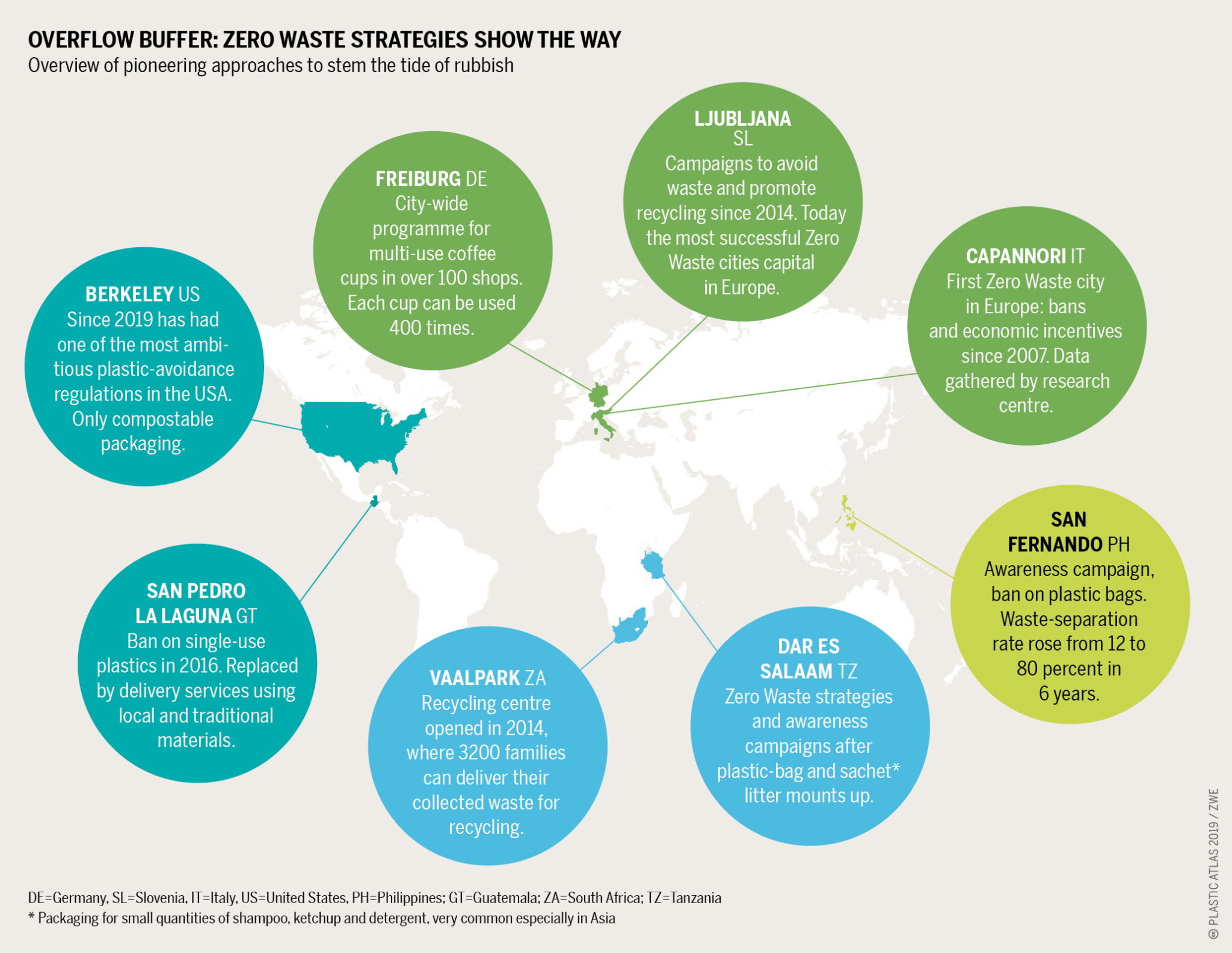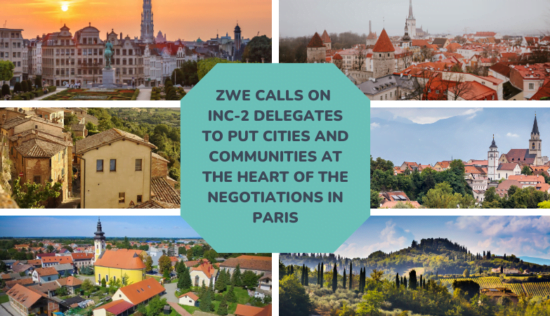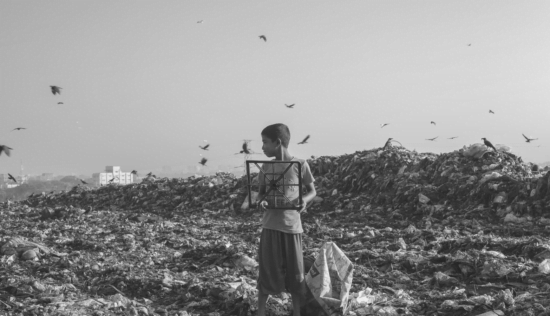The plastic waste crisis cannot be solved by recycling alone, that is becoming increasingly clear. Every day, billions of tonnes of plastic is continually dumped into our oceans, in landfill sites or simply burnt, having devastating effects on our ecosystems and climate.
We need to tackle the problem at its source, turning off the tap to stop the unprecedented flow of plastic into our lives and our natural environment. This may seem like a pipeline vision or dream, but the growing movement of Zero Waste Cities around the world is proof that we already have the solutions to overcome this crisis.
These are showcased within the brand new Plastic Atlas. Published by the Break Free From Plastic movement and the Heinrich Böll Foundation, the Plastic Atlas is a collection of chapters and infographics which demonstrate the scale of the plastic pollution crisis but most importantly also showcase solutions for a zero waste future.
I was fortunate enough to be one of the contributors to the Atlas, highlighting successful examples of zero waste cities in Europe and Asia that are tackling the plastic pollution crisis at its root, by preventing waste from occurring in the first place. In Capannori, Italy, residual waste levels per person dropped by 57% between 2006 and 2011, when the municipality adopted a zero waste approach.
We know that cities and communities are pivotal in the fight against plastic waste, a fight which begins at the source. This means eliminating single-use plastics and promoting alternative distribution and delivery systems, whilst simultaneously building on the growing interest and awareness in a zero waste lifestyle.
The city of San Fernando in the Philippines proves that these policies can be effectively implemented in different contexts around the world. The city undertook a series of steps to further reduce its plastic-waste footprint, by banning plastic shopping bags and setting a levy on single-use packaging, whilst ensuring alternative options are readily available. It has achieved an 85% compliance rate among residents through continuous efforts to explain the approach, including a regular radio show and individual meetings with key community stakeholders.
Both Capannori and San Fernando are just two of many examples of how zero waste cities are leading the fightback against the plastic pollution crisis, by stopping the tide of waste at its source. Strategies adopted by zero waste cities help to ensure that the products, packaging and materials which we consume are produced and recycled in a responsible manner, preventing waste from being incinerated and toxics ending up in the ground, in the water or the air.
It is these communities, visionary policymakers and innovative entrepreneurs who are showing that a zero waste future is possible, using resources efficiently to maintain a healthy environment, creating local jobs and ensuring that production and consumption patterns are sustainable and circular.
On Wednesday 13th November, we will be showcasing some of these innovative solutions at our live event in Brussels. Together with the Rethink Plastic alliance, we will bring together stakeholders from the EU, local municipalities, leading zero waste businesses and civil society organisations to shine a spotlight on the implementation of EU policies on plastic. The event will look critically at local level implementation, pointing to gaps in legislation and analysing possible room to go further towards a zero waste future.
You can read more on the Plastic Atlas here, and check out Break Free From Plastic’s week of action for further information.





